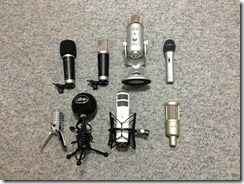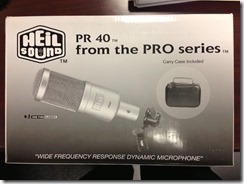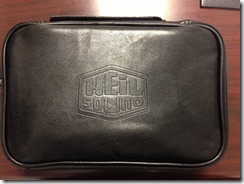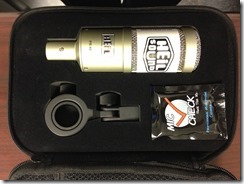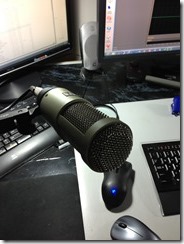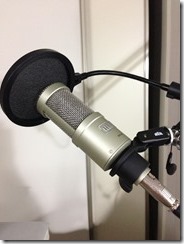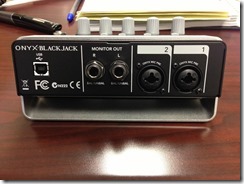Obviously not everyone is interested in podcasting or voice over equipment, however since internet voice and video communication is growing in popularity, many people could potentially be interested in knowing what to get if the need ever arises. Let me first say that despite approaching my third year of podcasting, I know very little about it and I am learning along with everyone else. The one thing that has become apparent is that there are many products out there, however not all of them work as you would like them to. In this round I am going to try and pass on what I have learned about microphones and mixers. I will save the software portion for another article as that has more to do with what you are trying to do. I have obviously not tested every microphone out there so there may others out worthy of mention, but rather I am passing on my views based on what I own. I have bought the most popular ones (see picture below) over the last couple of years and believe that I have a basic understanding of the differences. That said, this is only my opinion and is very subjective,
Microphones
Without question, choosing the right microphone is the most difficult and important choice to make. Microphones have certain characteristics and the results are largely dependent on your voice, ambience, and your equipment. If you are fortunate to have that natural “Radio” voice, than providing you have a nice quiet room you could probably get away with just about any decent microphone. If however you are like me, you will need all the help you can get to smooth out the voice and kill as much ambient noise as possible. Below is a list of the microphones I tested and a quick summary of each.
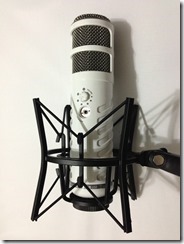 |
Podcaster from Rode. One of the best USB microphones I tested. Dynamic Microphone with good noise cancelation, easy setup and headphone monitoring. Vocal range is a bit flat but overall excellent microphone. |
 |
The legendary Heil PR-40 dynamic XLR. In my opinion, this is the benchmark of microphones. Very clear, great response, and very directional. Great noise cancelation. This is by far the best I have tested. |
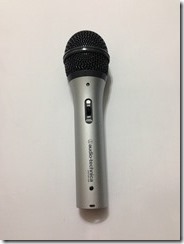 |
Audio Technica ATR-2100 Dynamic XLR/USB microphone. For the money, this thing is the best value. For less than $50 it can’t be beat. Sounds better with mixer than with USB. Audio-Technica ATR2100-USB Cardioid Dynamic USB/XLR Microphone |
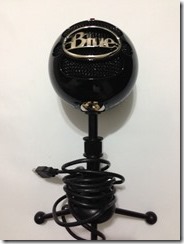 |
The Blue Snowball. Easy to use and setup but the sound quality is not very good. Too bright and tinny sounding. Picks up background noise easily so I would not recommend this one. |
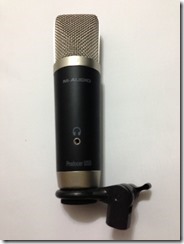 |
Decent USB microphone with good range and easy setup. It was a bit too flat and muffled for my taste but overall is great value. Avid Vocal Studio Digital Recording Bundle with Pro Tools and USB Condenser Microphone |
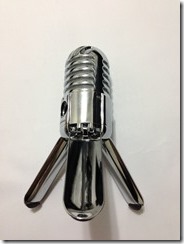 |
Great for a portable setup or for use with your iPad/Tablet. Very sensitive but easily picks up background sound. Good range. |
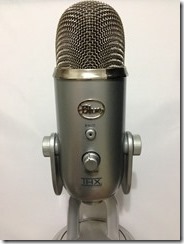 |
The Yeti is a great microphone but since it is a condenser mic, it has a tendency to pick up everything in the room. You have to make sure you have a quiet area if you are recording. It has switches for the different mic patterns making ideal if there is more than one person in the room, |
Mixers
If you opt for any type of XLR microphone, you will need some sort of mixer or active adapter that converts XLR to USB if you plan on recording via USB. Alternatively, many use a straight analog mixer like the Mackie 402 and pipe the output into the input of the computer’s sound card.
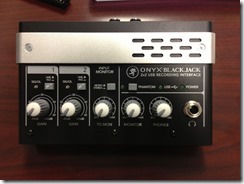 |
This Mackie mixer only has two mics in and one USB out, Ideal for podcasting, and basic audio needs. High quality sound with no noticeable noise. Outstanding build quality. Mackie Onyx Blackjack Premium 2×2 USB Recording Interface with Tracktion 3 Music Production Software |
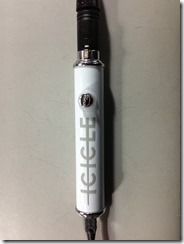 |
The Blue XLR to USB converter with gain control. Works well but the gain is not quite as high as the other mixers I tried. Very easy plug and play solution to getting an XLR mic to USB. |
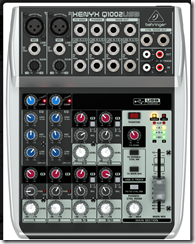 |
Behringer Xenyx Q1002 USB. I had a few issues with this as it created some humming and the overall build quality was not nearly as good as the Mackie. Great pricing for a USB Mixer with this many channels and USB output. |
 |
Macke 402 is a great low cost mixer for analog output to your sound card. Worked very well in the testing I did and found it a great mixer and very good build and sound quality. |
The Final Choices
Ok, now that I have tested and accumulated microphones for the past two years, what did I end with and why? The answer is actually not as simple as it should be. The real challenge comes when you want to go a bit low/mid range which is where most of us want to be. After all I went through with microphones, if someone asked me today what they should buy and they had <$100 to spend on everything, I would tell them to pick up the ATR-2100 (used in USB mode) or the M-Audio USB. If your budget can handle ~150, then go for the ATR-2100 with a mixer which sounds better than using the microphones USB connection. Either the icicle or something like the Mackie 402 (or equivalent, depending on whether or not you want USB) is quite a step up from the M-Audio in terms of sound and range. For the mid/high range consider the Rode Podcaster USB which is a dynamic microphone which is more directional for ambient sound rejection and has great overall range. It is very easy to setup and I was very happy with it overall.
Summary
The one thing I learned from this long and expensive journey is that you should really consider spending right the first time around. In the end you will end up in the same place without the cumulative cost and pain that I went through. Had I listened to others, I would have bought a mixer and the PR-40 right from the beginning and not had to buy anymore equipment. But like most of us, I was trying to minimize my initial investment and save some money. What ended happening is I spent much more trying to find something I was happy with. That said, it was great learning experience and I got an opportunity to experience first hand the differences between these products.
Conclusion
There is no question that if you are going to record a podcast, voice overs, or if you are doing recording of any type, you should consider setting up right the first time around and just get the Heil PR-40 and a decent mixer (any of the above would work great). The obvious downside is the cost. At about ~$310 for the microphone and $100-150 for a mixer, the investment is quite high. In the end the difference in sound is quite significant using the PR-40 over anything else I tested. So after all this effort and expense, I now am using two setups. The PR-40 with the Mackie Onyx Blackjack for my primary recording and could not be happier other than I wished I would have started here. This microphone is absolutely fantastic and does a great job at rejecting background noise. The tone from this device is slightly lower and much cleaner than the other microphones I used. As you can see from the pictures below it comes with an extremely nice carrying case (not sure if this is useful unless you are taking this with you) and a mounting bracket. No other accessories where in the box. The Mackie also did not come with much other than some short documentation. If you use Windows 8 it will recognize automatically but if you use Windows 7 you will have to install the latest driver from their website for best results. The Onyx is very clean and provides up to 60db of gain so it is a good match for most XLR microphones. The other is the ATR 2100 with the Blue Icicle which I use for Skype and voice recognition. For reasons I will cover in the software portion at a later date, I chose this as I wanted to record via USB so that I could use on a laptop to bring with me If I need to. What you will end with is probably going to based on what your budget is. My parting advice to you is do your homework based on your goals and if it means waiting a bit till you get the funds, then you are better buying right the first time around.


